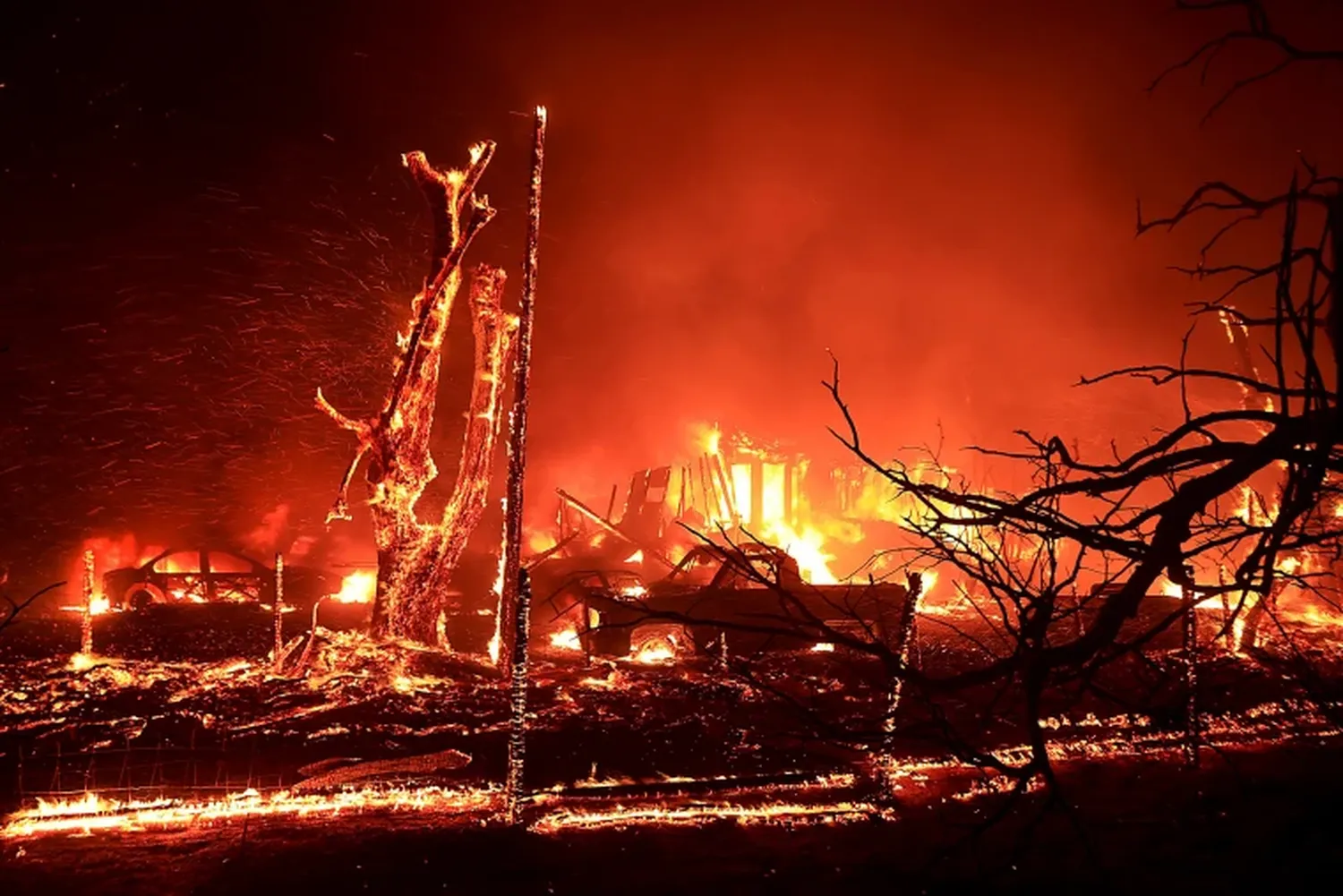West Heat Wave
Heat Wave: Triple-Digit Temperatures Heading to Texas, California, Arizona
The state's leaders have been lobbying for federal aid to build coastal defenses against climate change impacts.
As the first major heat wave of 2024 descends upon the Western United States, millions of residents in Texas, California, and Arizona are bracing for dangerously high temperatures. The National Weather Service (NWS) has issued excessive heat warnings and advisories across these states, with temperatures expected to soar into the triple digits, posing significant health risks and straining infrastructure.
The Heat Wave's Scope and Impact
The heat wave, driven by a high-pressure system or "heat dome" expanding northward from Mexico, is set to bring record-breaking temperatures to the region. In California, cities like Sacramento are forecasted to reach 102 degrees, while the Central Valley, including Bakersfield and Fresno, will experience temperatures in the upper 90s to 100 degrees. Las Vegas is expected to hit 111 degrees, and Phoenix could see a scorching 113 degrees by Thursday.
This extreme heat is not just a matter of discomfort; it poses serious health risks. The Centers for Disease Control and Prevention (CDC) reports that hundreds of heat-related fatalities occur annually in the U.S., and scientists caution that the actual number may be underestimated. Heat waves early in the year are particularly dangerous as people are not yet acclimated to the high temperatures. The NWS advises residents to stay hydrated, avoid outdoor activities during peak heat hours, and never leave people or pets inside vehicles, where temperatures can rise dramatically.
Infrastructure and Energy Concerns
The heat wave is also expected to strain the region's infrastructure and energy systems. In Texas, the Electric Reliability Council of Texas (ERCOT) has already asked residents to conserve energy due to high demand and low reserves. The state's power grid, which has faced criticism for its vulnerability, is under significant stress as temperatures climb. Similarly, in Phoenix, a study has highlighted the deadly potential of a power outage during a heat wave, predicting thousands of deaths and emergency room visits if such an event were to occur.
Roads and transportation networks are also at risk. Extreme heat can cause roads to buckle and water lines to break, leading to costly repairs and disruptions. Union Pacific has imposed speed restrictions across its rail network as a precaution against the heat's impact on the tracks.
Fire Risks and Environmental Impact
The heat wave is exacerbating fire risks across the region. In Arizona, fire departments are on high alert, with fire restrictions in place and set to expand. The early onset of extreme heat has dried out vegetation, increasing the likelihood of wildfires. California's largest wildfire of the year, the Corral Fire, has already scorched over 22 square miles of hilly grasslands, prompting evacuation orders and injuring firefighters.
The environmental impact of the heat wave extends beyond immediate health and safety concerns. Rising temperatures are contributing to long-term climate change effects, such as droughts and water shortages. In Texas, the heat wave is colliding with a water crisis, with some areas experiencing severe drought conditions. Dehydration and heat-related illnesses are major concerns, particularly for vulnerable populations without access to adequate cooling and hydration.
Government and Community Response
Local and state governments are taking steps to mitigate the heat wave's impact. In Phoenix, cooling stations are being kept open longer, and additional resources are being allocated to protect the homeless and other vulnerable groups. Mesa, Arizona, has emphasized the importance of ensuring access to hydration and cooling stations.
Despite these efforts, there is criticism of the lack of comprehensive action to address the root causes of extreme heat and climate change. Texas, for example, has been slow to transition to renewable energy sources, despite being one of the largest emitters of greenhouse gases in the U.S. The state's leaders have been lobbying for federal aid to build coastal defenses against climate change impacts, even as they continue to promote fossil fuels.
Conclusion
As the heat wave continues to intensify, residents of Texas, California, and Arizona are urged to take precautions to protect themselves from the extreme temperatures. The combination of health risks, infrastructure strain, and environmental impact underscores the urgent need for both immediate and long-term strategies to address the challenges posed by climate change and extreme weather events.

